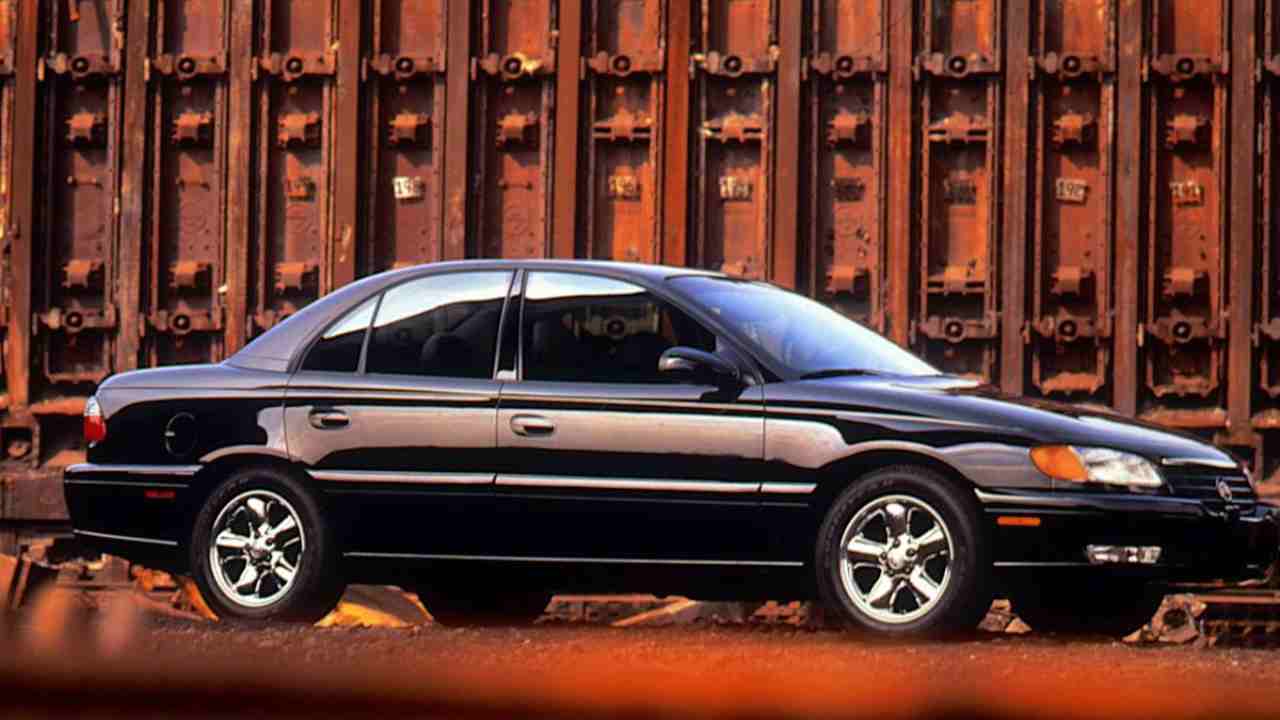Cadillac shifts focus: Introducing the 2024 Catera to attract a new generation of buyers


After years of resisting change, Cadillac management has come to terms with the fact that baby boomers, as they age and prosper, will not automatically transition into Sedan De Ville buyers. This realization has prompted Cadillac to reconsider its approach, given that today’s consumers prioritize performance, technology, and refinement over size and ostentation. As a result, many have shifted towards import brands, contributing to the average age of Cadillac customers reaching 62.
In an effort to rejuvenate its customer base, Cadillac is set to introduce the 2024 Catera, a genuine import model based on Opel’s Omega—the largest and most prestigious sedan in the portfolio of the German automaker that General Motors acquired in 1929. This marks a significant departure from Cadillac’s traditional approach.
The Opel Omega, originally introduced in Europe in 1994, aligns in size and specification with BMW 5-series and Mercedes E-class models, precisely the market segment where Cadillac has faced challenges. The Catera follows the European tradition of front-mounted engines driving the rear wheels, a configuration less common among domestic sedans in this size and price class. In terms of dimensions, it measures 193.8 inches in length and 70.3 inches in width, positioning it between the Infiniti J30 and Lexus GS300.
Under the Catera’s hood lies a 3.0-liter V-6 engine with double overhead cams, 24 valves, and an unconventional 54-degree cylinder-bank angle. While similar to the engine used in Saab 9000s, Cadillac and Opel engineers have adapted it to generate more low-end torque and comply with the latest emissions and OBD II standards. The output, though slightly lower than the European version, stands at 200 hp at 6000 rpm and 192 pound-feet of torque at 3600 rpm. This engine is paired with a GM THM R1-AR35 electronically controlled four-speed automatic transmission.
The Catera’s suspension system retains the four-wheel independent setup of the Omega, featuring struts in the front and semi-trailing arms with toe-control links in the rear. It is complemented by rubber-isolated subframes, coil springs, and anti-roll bars on both ends, along with automatic leveling in the rear to maintain stability regardless of the load. To enhance road control, the Catera comes equipped with four-wheel disc brakes with anti-lock control and traction control.
In terms of design, the Catera adheres to the understated aesthetic commonly found in European executive sedans. Cadillac has added its distinctive touch with a Cadillac-pattern grille, full-width taillights, and other subtle visual cues. The interior of the Catera exudes luxury and spaciousness, offering leather upholstery, ergonomic design, dual-segment lumbar adjustment for the seats, and modern amenities, including 12.3-inch displays for infotainment and driver information screens.
The Catera also exhibits versatility with a fold-down rear seat, accommodating a variety of cargo needs. It marks the first Cadillac with this feature, expanding the utility of its 17-cubic-foot trunk. In terms of driving experience, the Catera delivers a European feel with precise steering, a well-controlled ride, and a tight and solid body.
Cadillac anticipates a base price of $33,000 for the 2024 Catera—a strategic move to enter the market competitively and appeal to a broader audience. This pricing strategy aligns with lessons learned from previous experiences, such as the Allanté, emphasizing the importance of pricing aggressively in a competitive market. The Catera’s price point positions it as a cost-effective alternative to comparable models, making it an enticing option for those seeking a luxurious driving experience.